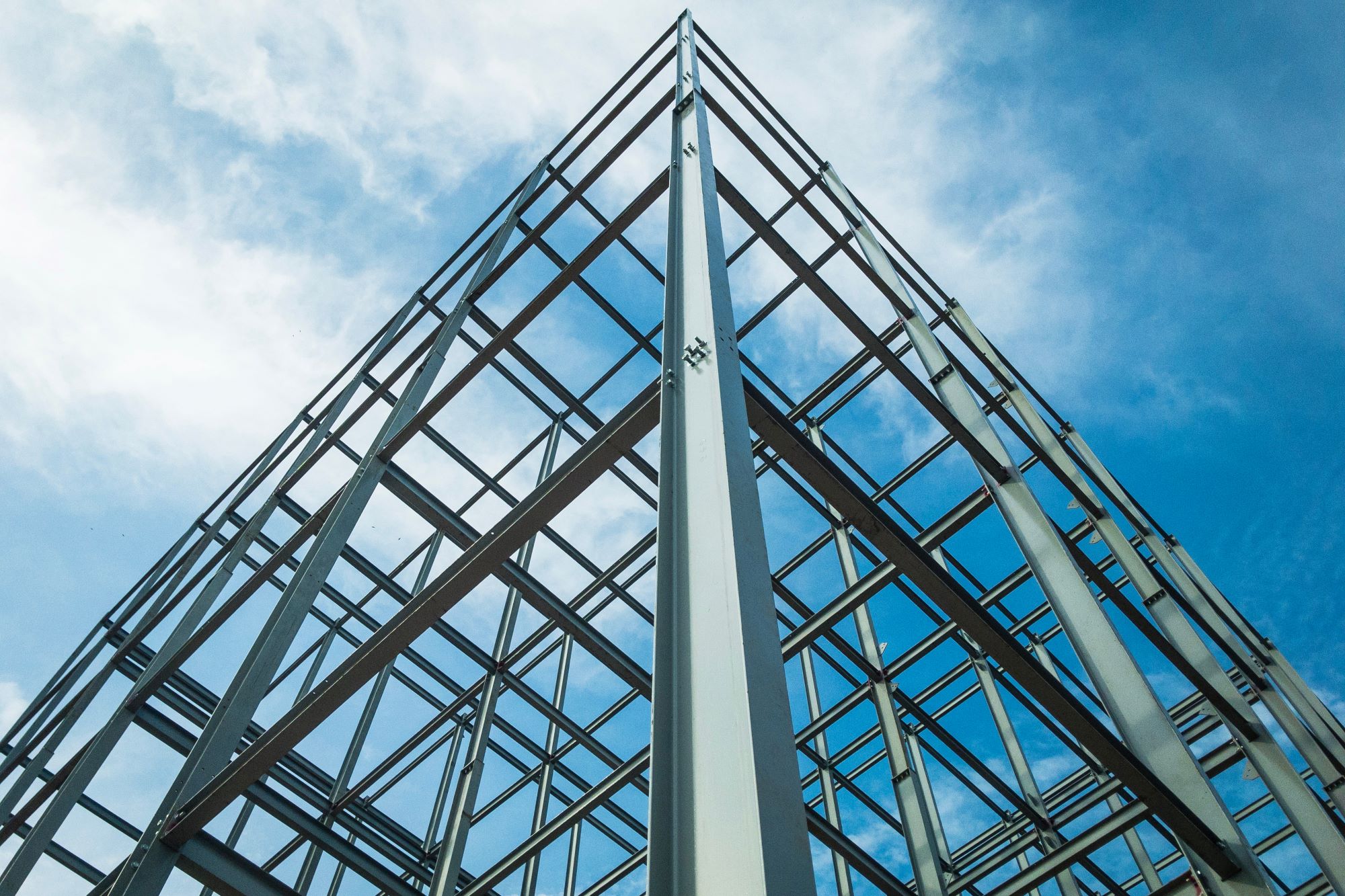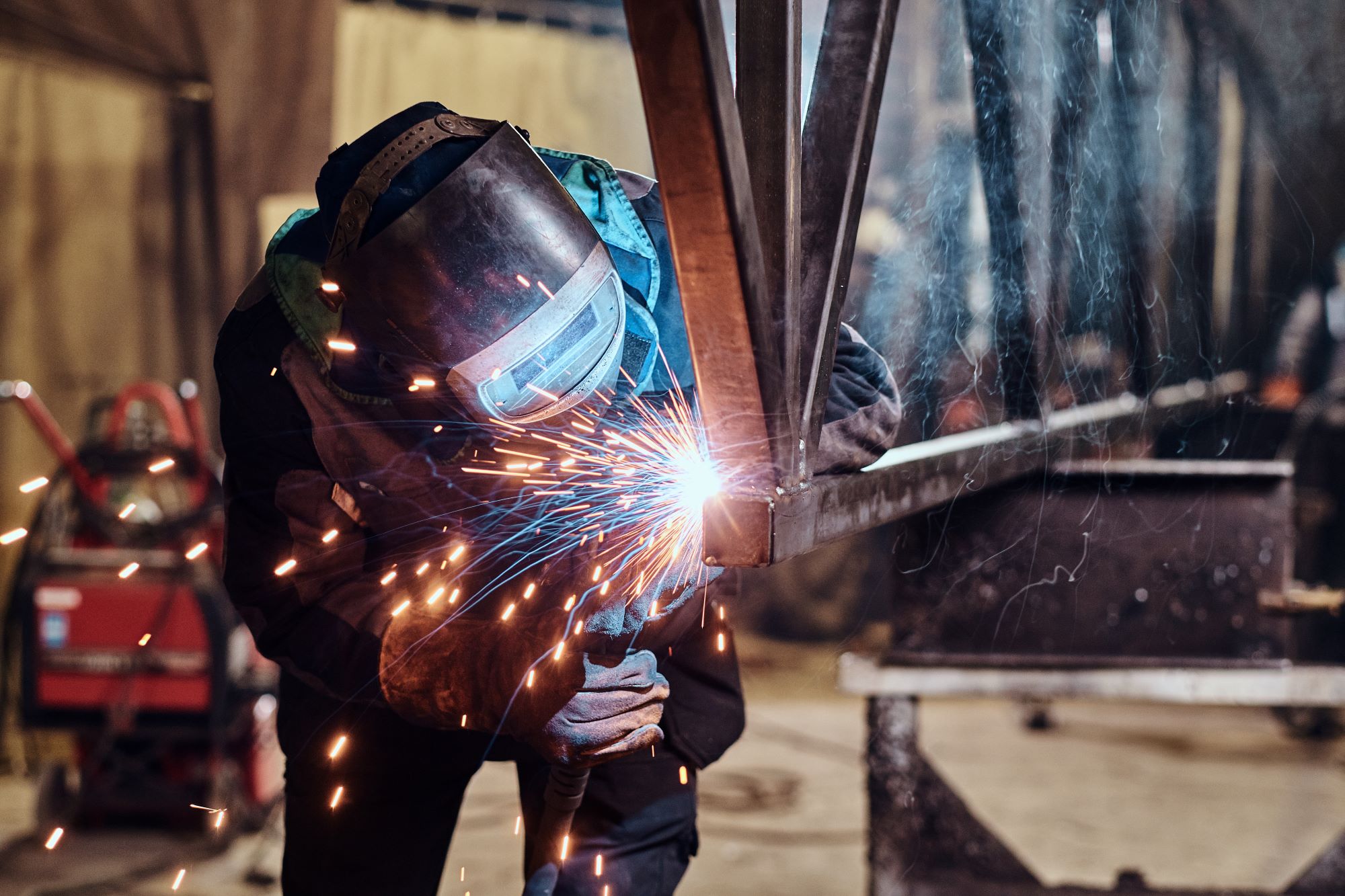When you think about building a structure, which material comes first?
Since the industrial revolution, steel has maintained a strong foothold as one of the oldest, most reliable metals still used for constructing buildings.
A wide variety of advantages make steel the go-to material for construction projects, proving time and time again why it’s still the best material for creating structures that stand the test of time.
What exactly are these advantages?
In this article, you’ll better understand what makes steel a popular choice. Here’s what you need to know about its continued popularity as a construction material.
1. Durable And Lightweight
Steel is a solid and lightweight material that can easily bear the weight of large structures. That means that construction projects can be completed faster with more efficient use of materials.
Additionally, its strength is unparalleled, being resistant to wear and tear, fire, wind, earthquakes, and other natural disasters, making it ideal for everything from low-rise buildings to skyscrapers.
Steel also offers an unmatched level of durability; its structure remains unchanged even after many years of exposure to extreme temperatures and conditions.
Plus, its long lifespan results in less maintenance, which helps owners save money in the long run.
These qualities make steel a regularly used material for short and long-term projects. You can find great examples on websites like www.murraysteelbuildings.com, among many others.

2. Cost-Effective
Its durability and ease of handling allow steel to provide excellent value for money.
Steel is inexpensive to purchase and install and requires minimal maintenance, cutting the need for additional investments.
For example, the National Park Service reported that its steel truss visitor center in Death Valley National Park was built in just four months with an unlimited life expectancy and minimal maintenance costs. This case highlights how cost-effective steel can be for construction projects, allowing for quick, affordable projects with long, dependable lifespans.
Furthermore, the lifespan of steel structures tends to be much longer than that of other materials such as wood or concrete. Couple that with its general resistance to weather and other environmental factors, and you can keep costs low for a long time.
3. Weather-Resistant
This deserves its own point of discussion. Steel structures are resilient in extreme weather conditions, requiring minimal maintenance or repairs. They stand firm even in areas with heavy winds, hail, and snow.
Many modern structures are built with steel to ensure they last for years despite the local climate. This makes them more cost-effective in the long run. And if any maintenance or repairs become necessary, they’re generally simple and inexpensive to complete.
4. Superior Structural Integrity
Steel has superior structural integrity over other materials, providing a solid foundation for any building construction. This is vital when you’re constructing a place that is projected to be used for decades.
It’s strong enough to support massive loads yet flexible enough to be used in intricate architectural designs. Its strength is also incredibly uniform throughout its length, which adds to its stability.
On top of that, steel frames provide maximum seismic stability and resistance against strong winds and hurricanes, making them a popular choice among architects looking for an extra layer of protection in high-risk regions.
5. Versatile
Steel frames can be designed to any shape or size, making them ideal for all types of buildings, from residential homes to commercial skyscrapers.
Cost is something to consider in versatility. Fortunately, the low long-term maintenance needs of this material make it more economical than others—especially when you’re working with complex support systems. Steel frames also have better insulation properties, which helps reduce the energy costs associated with heating and cooling buildings over time.
Furthermore, steel is relatively easy to fabricate and install. Since its components are pre-engineered off-site and fitted together later on-site, construction is much faster than traditional methods such as stone masonry or concrete formwork.
Suppose you’re looking for a durable material that can be designed and fabricated quickly with minimal maintenance in the long run. In that case, steel should be the standard for any project that wants to meet quality standards with better returns.
These reasons show why this material remains a staple in much of today’s construction work worldwide.
Look No Further
Steel’s strength, resilience, and versatility make it the ideal material for all building projects. From residential to commercial and small to large-scale structure construction, it can meet almost any project’s specifications, budget, and timeline. In short, steel is still the best material to work with.
Of course, the quality of manufacturers and distributors is a huge factor to consider when using steel. Your construction firm should regularly compare rates and performance to ensure the steel you use remains a viable choice for all your projected projects. Only this way can you take full advantage of all its benefits.

